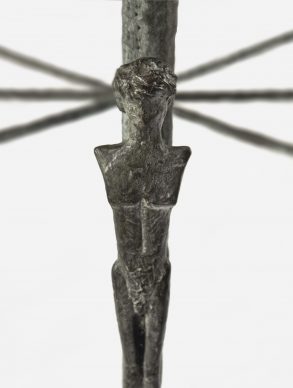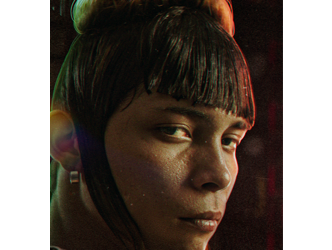The fascinating Duchess of Alba
There exists not one but two Francisco de Goya y Lucientes (1746-1828). He has gone down in collective memory as a portraitist to the Spanish royal family, where he prolifically depicted the monarch and his clique, his soldiers in full military dress, his pompous ladies in dresses as large as furniture, and the fascinating Duchess of Alba under a mound of hair, accompanied by her mini Bichon Maltese.

Without taboo
Although he started making portraits only shortly before he was forty, one third of his oeuvre belongs to this genre, which allowed him to live in great luxury. But another part of the brain of the official painter of the Spanish court compelled him to express himself without taboos, as a courageous champion of the people, driven by contradictory and morbid – even mystical – obsessions, fascinated by women, a denouncer of violence and injustice.
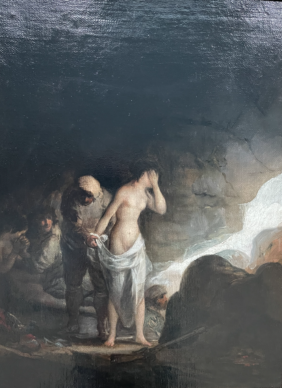
Miguel Falomir Faus
These two artists coexist within a visual body of work that we can see all year round in its domain, the Prado Museum in Madrid (See here the last report about the Prado), which possesses no less than 130 of his paintings. But until 23 January the Beyeler Foundation in Basel (See here and here the last reports about the Beyeler Foundation) is presenting a miraculous – for the time – and exceptional exhibition that assembles 71 paintings, 45 drawings and 50-odd etchings.
Together they showcase the height of the flair and freedom of the Spanish painter who died in Bordeaux. “It is his expression of despair that makes him a painter who is so fascinating for the 21st century,” explains Miguel Falomir Faus, director of the Prado.
Martin Schwander
The curator of the exhibition, Martin Schwander, sees multiple Goyas: “he is at the same time good and bad, ugly and beautiful, violent and soft, and it is this mixture that attracts us to him.”
Political always
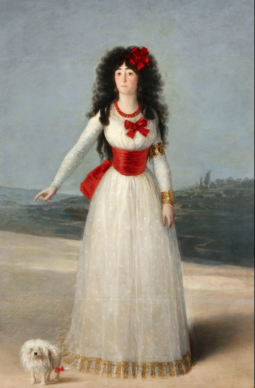
But ultimately everything in Goya is political. In 1795, when he once again painted the Duchess of Alba, second lady of the kingdom of Spain, she is wearing a white dress trimmed with a large red bow, which is there to display solidarity with the French nobility who fell victim to the revolution. But as her bichon dog also wears a little red bow on its paw, the message could be interpreted as a joke.
Feminism

When he depicted the Marchioness of Villafranca, one of his patrons who was also a painter herself, painting her husband’s portrait, the idea behind it is almost feminist. A big word for the time. It was a bold move.
Disasters of war
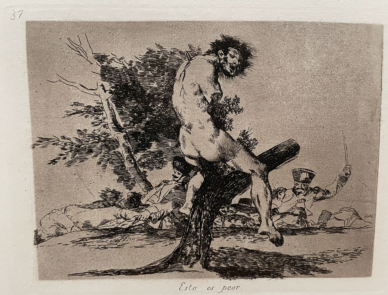
During the war between Napoleon and Spain, from 1808 to 1812, the painter produced a major cycle of etchings entitled “The Disasters of War”, accompanied by an extraordinary sketchbook. It’s like an illustrated catalogue of all the most horrible things man is capable of, from a rape scene to dead and atrophying bodies hanging from trees. The ensemble on show in Basel from this chapter is striking.

Feminine grace
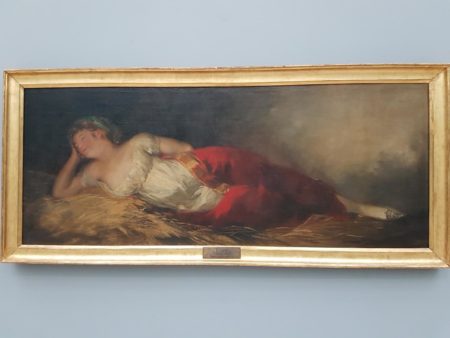
But returning to more joyful sentiments, we will point out that Goya knows how to depict feminine grace to perfection, like in his famous “Maja vestida” which has travelled from the Prado. Conceived jointly with the nude version of the same woman, it was offered by the duchess, who may well have served as the model, to a nobleman.

Fresh eyes
The fact that Goya has been moved from his majestic Spanish residence to a Swiss museum renowned for its modern and contemporary collections allows us, if it were necessary, to see with fresh eyes this giant of art history who, in his moments of powerful freedom, throws open the doors to modernity.
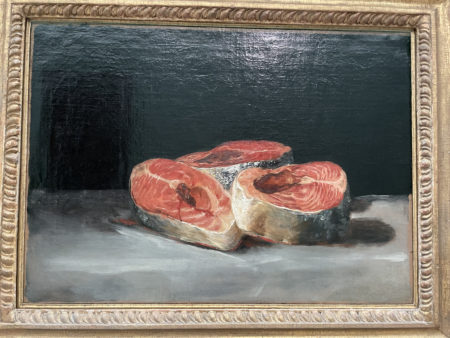
Until 23 January www.fondationbeyeler.ch/fr/expositions/goya
Support independent news on art.
Your contribution : Make a monthly commitment to support JB Reports or a one off contribution as and when you feel like it. Choose the option that suits you best.
Need to cancel a recurring donation? Please go here.
The donation is considered to be a subscription for a fee set by the donor and for a duration also set by the donor.

